When you are working in an industrial environment, you will mostly find a general parameter that influences the performance of a system. It is pressure. Pressure is a very fundamental concept and a base for all engineering studies, which helps in designing the system.
Pressure is measured in general by a scale reading and is still the most used one, which is the base for all measurements. So, it is necessary to study different types of pressure measuring scales.
What is Pressure Measurement?
First of all, let us understand what pressure is. A pressure is nothing but a force applied on a media over an area. Both the force and area matter for pressure calculation. So, for calculating pressure, it is first of all necessary to determine what the nearby surroundings is and how the area is. Because all these factors play an important part in determining pressure.
For this reason, pressure measurement scales use four main methods which we will discuss later in the post. These methods form the base for any other advanced pressure measurement methods. The general units of pressure are pascals (Pa), pounds per square inch (psi), or atmospheres (atm).
Types
The main types of pressure scales are as follows.
- Atmospheric Pressure Scale
- Gauge Pressure Scale
- Vacuum Pressure Scale
- Absolute Pressure Scale
- Differential Pressure Scale
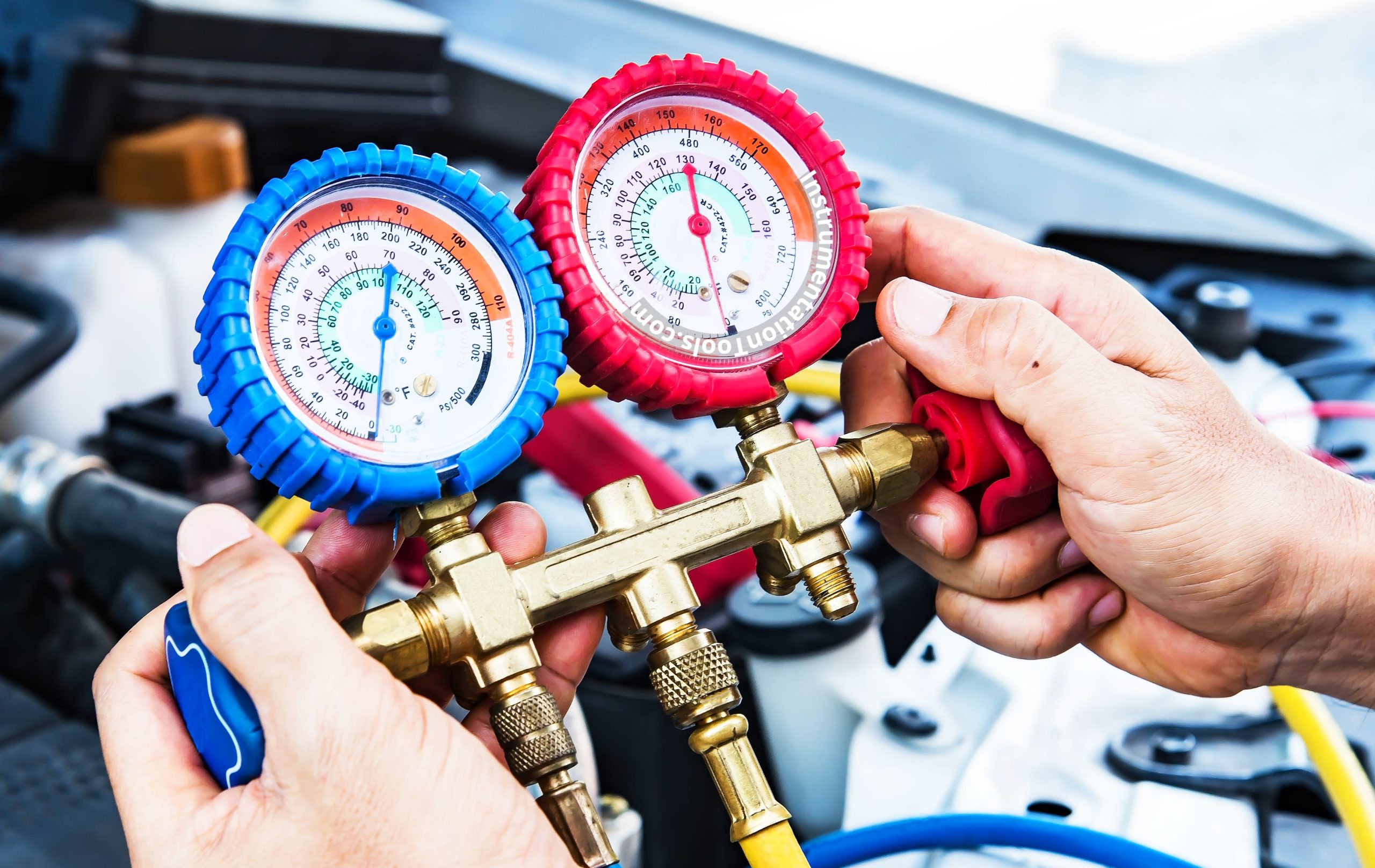
Atmospheric Pressure Scale
The atmospheric pressure scale measures the pressure of the media with respect to the sea level. This is the baseline for starting pressure measurement. After this level, measurements then vary depending on above or below it.
Gauge Pressure Scale
The gauge pressure scale measures the pressure of the media with respect to the pressure in the ambient atmosphere. A simple example is a car mechanic checking the pressure of tires. Because a tire is in the atmosphere, the scale will calculate the force applied with respect to atmospheric pressure. A main disadvantage is that as the scale is exposed to the atmosphere, it is disturbed by some changes in it, mainly humidity and moisture in the air.
Vacuum Pressure Scale
The vacuum pressure scale measures the pressure of the media with respect to the pressure below the ambient atmosphere. It is also called sealed pressure. It is mostly used for checking media pressure in an enclosed and tight surrounding, which is not exposed to the atmosphere. The value is mostly between 0-1 bars.
Absolute Pressure Scale
The Absolute Pressure Scale measures the pressure of the media with respect to the pressure at zero reference or an atmosphere where there is no air. Absolute Pressure Scale is mostly used in vacuum vessels by completely removing the air and making it zero. With this reference, the media pressure is then measured with respect to it. It is the most accurate method of all.
Differential Pressure Scale
The Differential Pressure Scale is where the difference between two pressure media is measured. A general example of the Differential Pressure Scale will be a filter switch used in AHU (before and after HEPA filters). There, you get to know whether the filter is choked or not, by measuring the difference between inlet pressure and outlet pressure of air.
If you liked this article, then please subscribe to our YouTube Channel for Instrumentation, Electrical, PLC, and SCADA video tutorials.
You can also follow us on Facebook and Twitter to receive daily updates.
Read Next:
- DataSheet for Pressure Calibration
- Magnehelic Gauge Calibration
- Selection of Master Instrument
- Calibration of Temperature Chamber
- Double Block and Bleed Valves Sequence
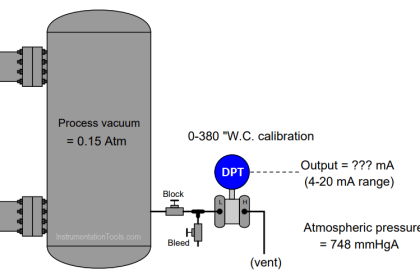


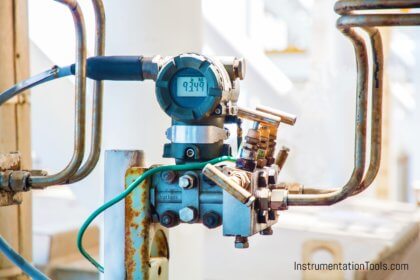

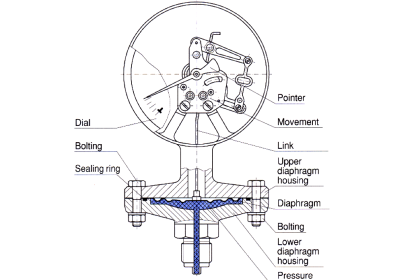
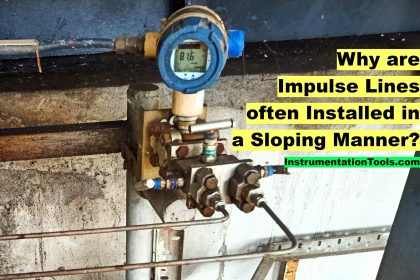
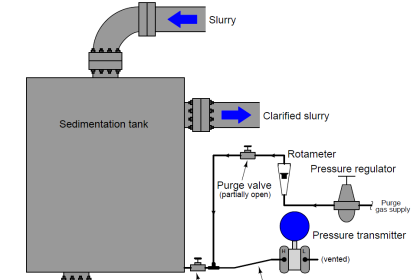
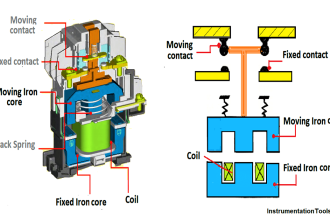


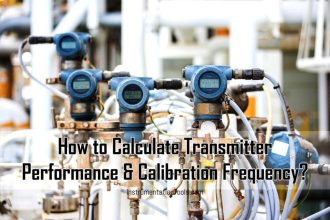
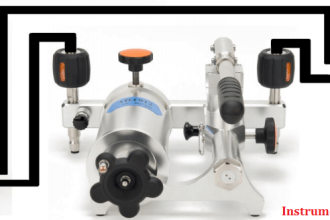
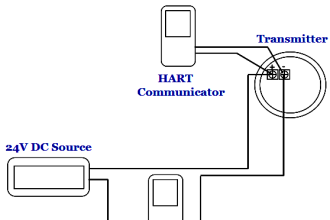



instrument technician
this app very good and very useful app thank you youra team all members